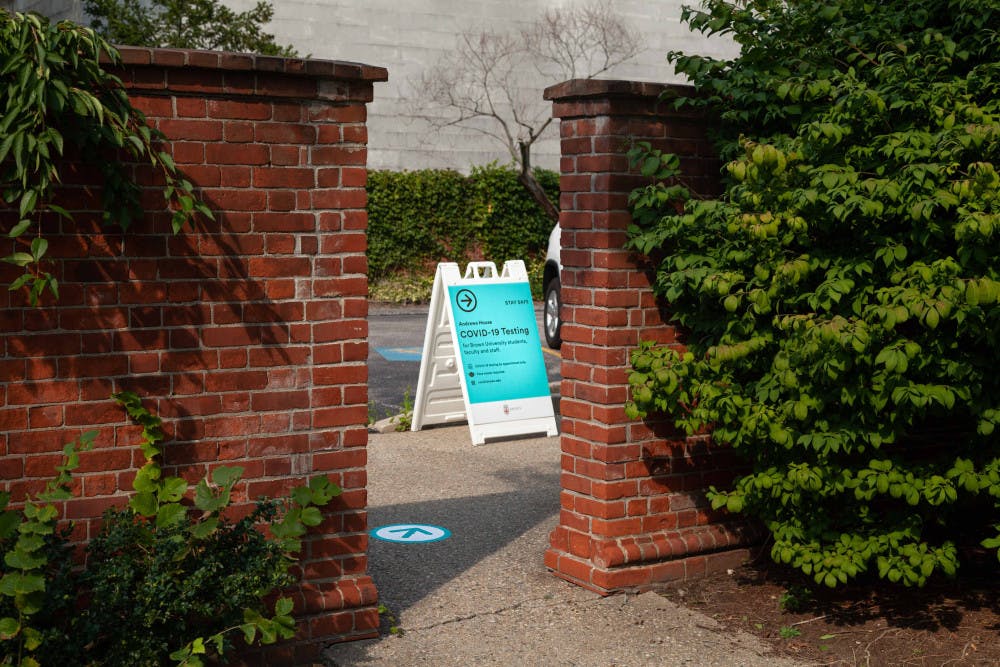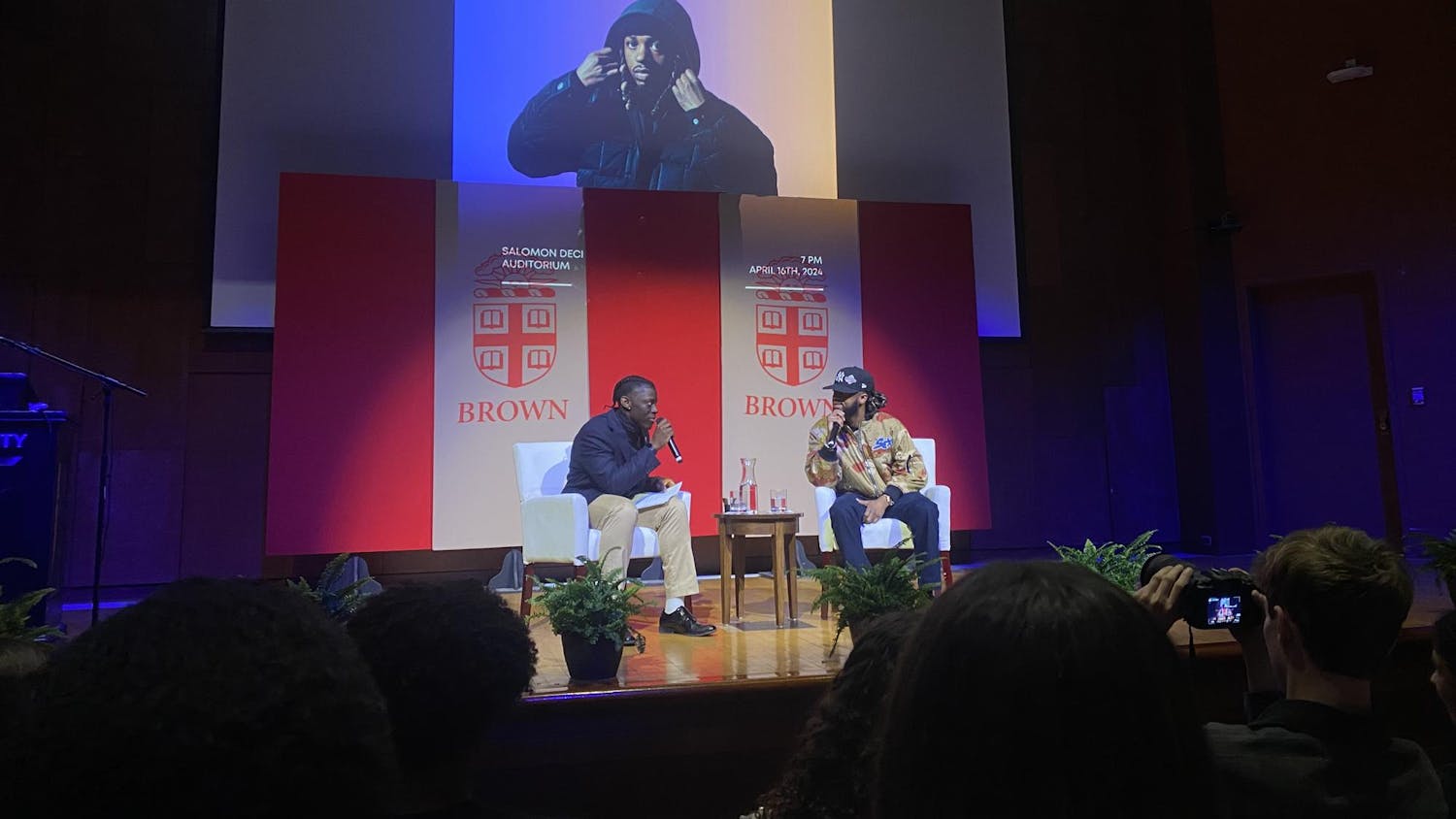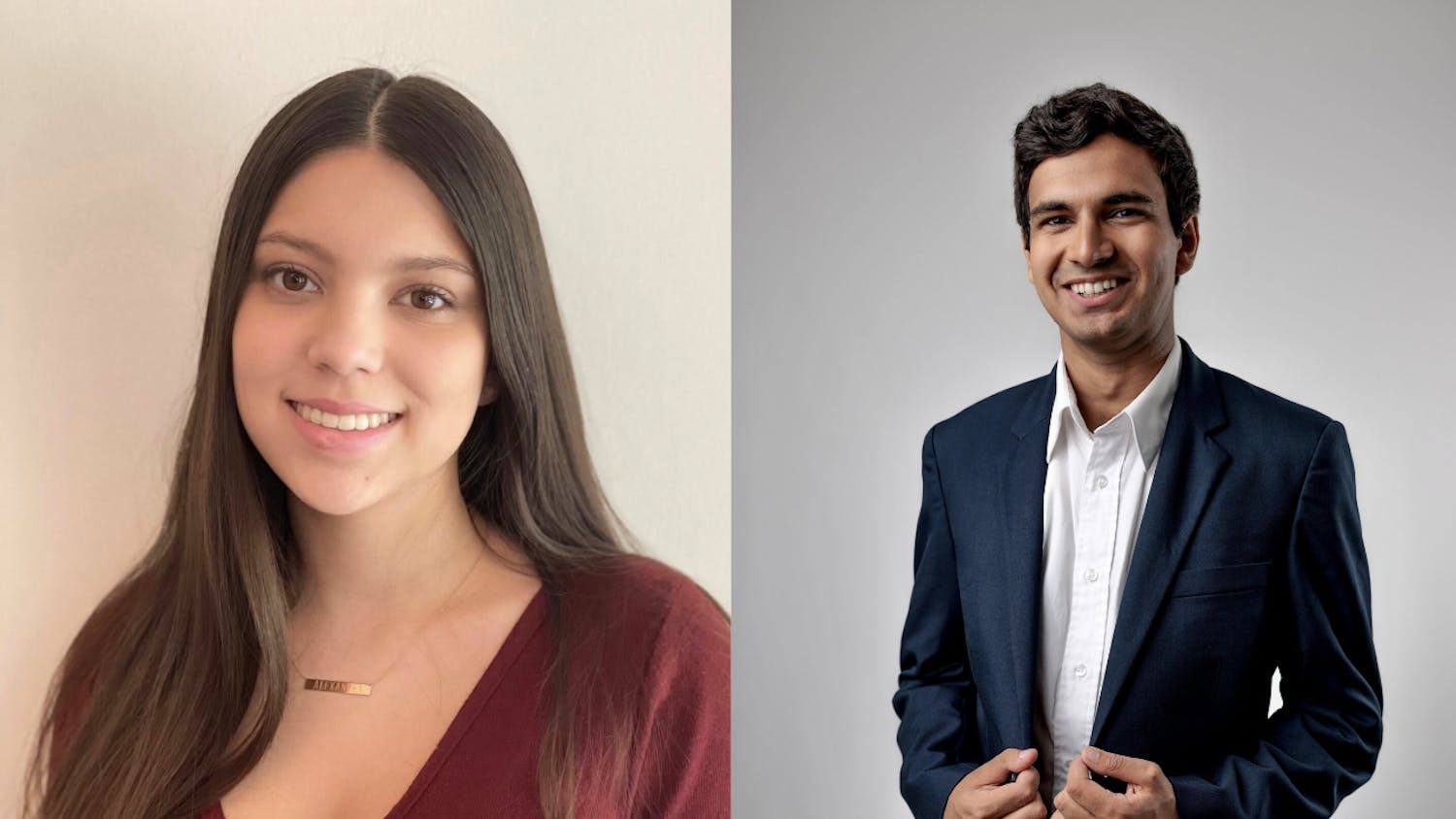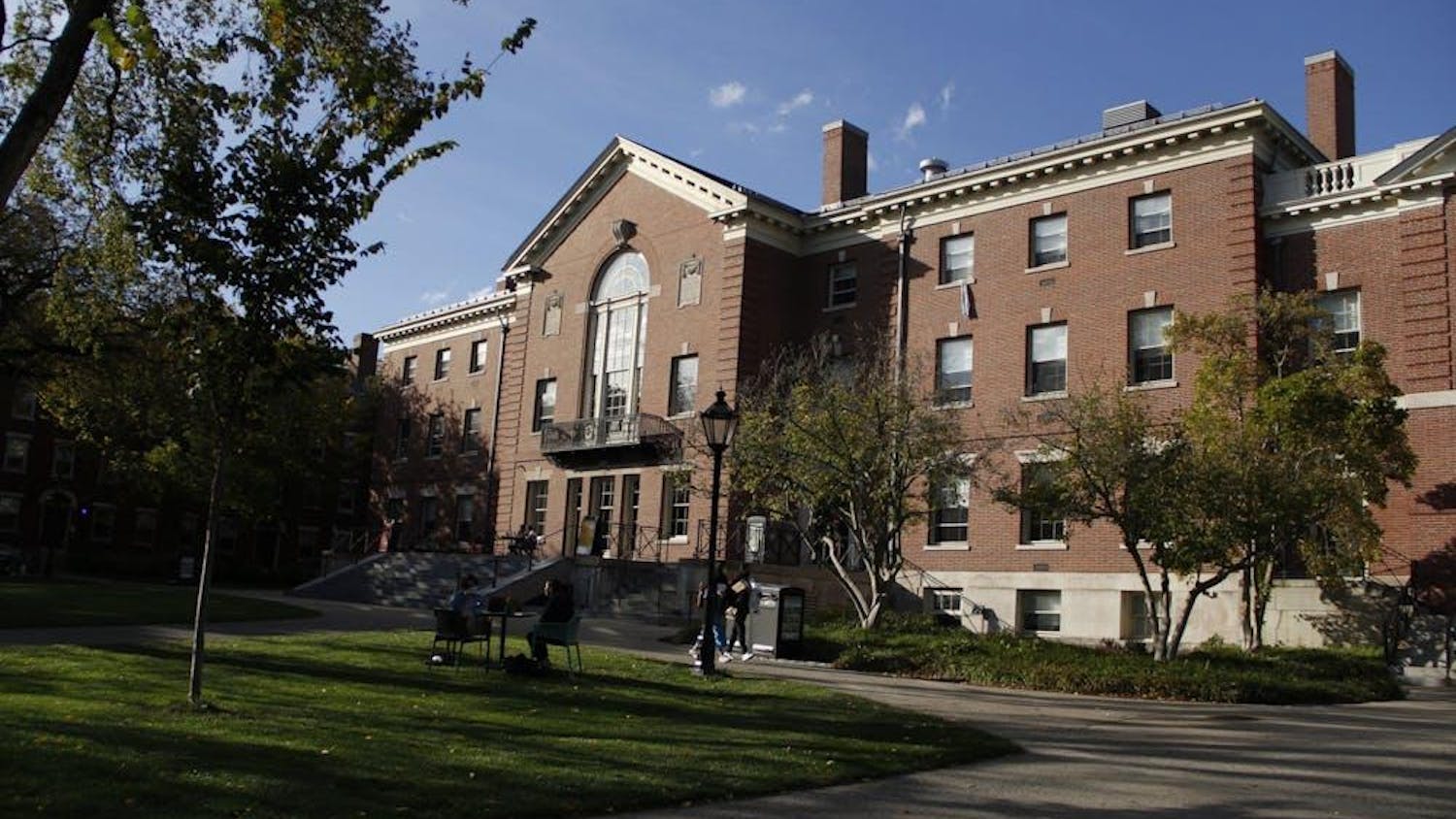The University reported 61 positive COVID-19 tests from Sept. 12 to Sept. 18 through the asymptomatic testing program as of Sunday night, according to the Healthy Brown COVID-19 Dashboard. The positive cases are primarily among undergraduate students, according to Executive Vice President for Planning and Policy Russell Carey ’91 MA’06.
From Sept. 9 to Sept. 15, University Health Services conducted 78 symptomatic student tests, of which between five to 10 — a larger range than that of typical weeks — were positive for COVID-19, according to a Sept. 17 Today@Brown announcement.
The University is “cautious and monitoring” the increased total number of positive cases over the past week, but does not find the numbers alarming “or anything other than what we expected coming into this semester,” Carey told The Herald.
Contact tracing through students that have tested positive and who are in isolation housing show that “much of the spread (of COVID-19) is happening in settings — particularly indoors — where people understandably feel quite comfortable and remove their mask and are in close contact to each other for an extended period of time,” Carey said. “Even in those environments, the Delta variant is still quite transmissible.”
In response to the peak in COVID-19 cases last weekend, the University implemented new community-wide restrictions in a Sept. 13 email announcement, The Herald previously reported. The main changes listed in the announcement include “increasing the testing frequency to twice a week” for all students regardless of vaccination status, “going to grab-and-go dining and encouraging people to really reduce their contacts, particularly the informal gatherings that take place on and off campus,” Carey said.
“Knowing that increases with this particular (Delta variant) can be relatively quick, we wanted to take some steps to prevent that,” he added.
Public health experts, like Dean of the School of Public Health Ashish Jha and Associate Vice President for Campus Life and Executive Director of Health and Wellness Vanessa Britto MSc’96, were consulted in the creation of these policies, according to Carey.
Due to these restrictions, students on campus have noticed an increase in wait times to receive food from the dining halls and an increase in waste around campus.
Carey said these “negative consequences” are “outweighed by trying to reduce the risk,” as having large groups of people unmasked for long periods of time and “the act of eating and drinking can increase the opportunities for aerosol spread and transmission.”
A follow-up email announcement was sent Sept. 14, stating that student organizations are still permitted to meet in person; however, all attendees must remain masked both indoors and, in certain cases, outdoors.
The University is seeing “hardly any positives” among faculty and staff members, according to Carey, “so we feel confident about continuing to have indoor classes, activities and events, as long as they’re masked indoors.” Fully vaccinated faculty members are still permitted to remove their masks while conducting classes, according to the University’s Sept. 14 announcement.
In crowded outdoor settings, such as athletic events with spectators from outside Brown and where there could be a mix of vaccinated and unvaccinated people, “wearing masks outdoors is prudent (and required) as well,” Carey said.
The University has modeled some of these new restrictions based on other institutions, such as Cornell and Duke University, according to Carey. From what has been observed at these institutions, “most likely this will be a momentary increase (in cases). It will come back down, and we’ll be able to release those restrictions, and we hope to be able to do that soon.”
“We have a variety of networks that are national and international, and we keep a pretty good sense of what’s happening across higher ed, given that the impact of the pandemic varies widely by regions,” Carey said. The increase of positivity among undergraduate students and subsequent actions to raise testing frequency “is not unique to Brown,” he added.
Carey added that there is no definitive “threshold” that marks when restrictions would be loosened. “It is an ongoing holistic review, … and if those (cases) come back down, … we feel confident that we’ll be able to go back to where we were,” he said.
Isolation spaces are one-third occupied, as of Sept. 16, according to Carey. Though spaces are not at full capacity yet, the University is “continuing to look at ways (of increasing capacity).”
“We don’t expect to have zero cases of COVID-19, but we are trying to reduce what we’re experiencing right now, which is absolutely a spike in positivity among undergraduates, and … to reduce individual and collective risk,” Carey said.
Gabriella is the Senior Science & Research Editor of The Brown Daily Herald. She is a junior from San Francisco studying neuroscience on the premedical track.





